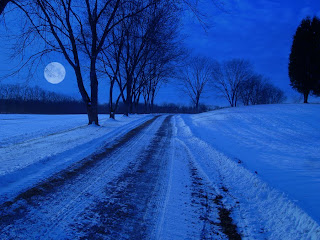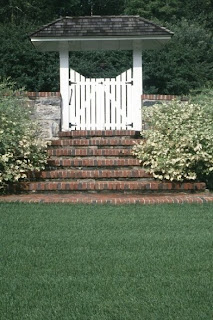Shifting reality…in a garden

Serenity gardens are places where you can stop and shift your reality…. Sounds a little odd, yes? But an outdoor retreat can help us to become more grounded and relaxed which aids in changing our perceptions. Additionally, a serene outdoor space helps us to see that our thoughts and feelings directly affect the world around us. As the writer, Anais Nin said, “We don't see things as they are, we see them as we are.” This is what serenity gardens are all about: changing the outer scenery in order that we might change the inner scenery which, in turn, changes our perception of the outer scenery… No wonder we are always rearranging the living room furniture! I love the idea of ‘shifting reality’. It is a little like changing the radio dial or channels on the TV, only here it is about altering attitudes or perspective. I will never forget, while doing a short stint teaching Sunday School to 4 year olds, one little boy, tired of the lesson, said to me, “change the channel…” Here are a...
















